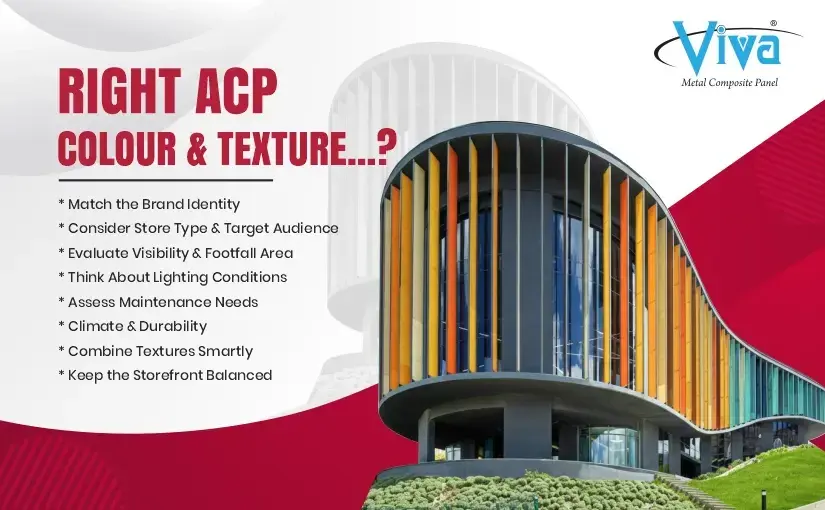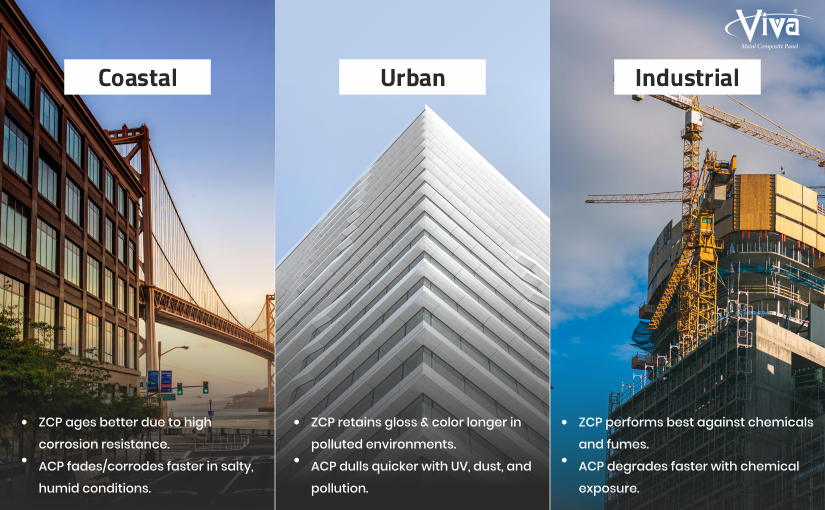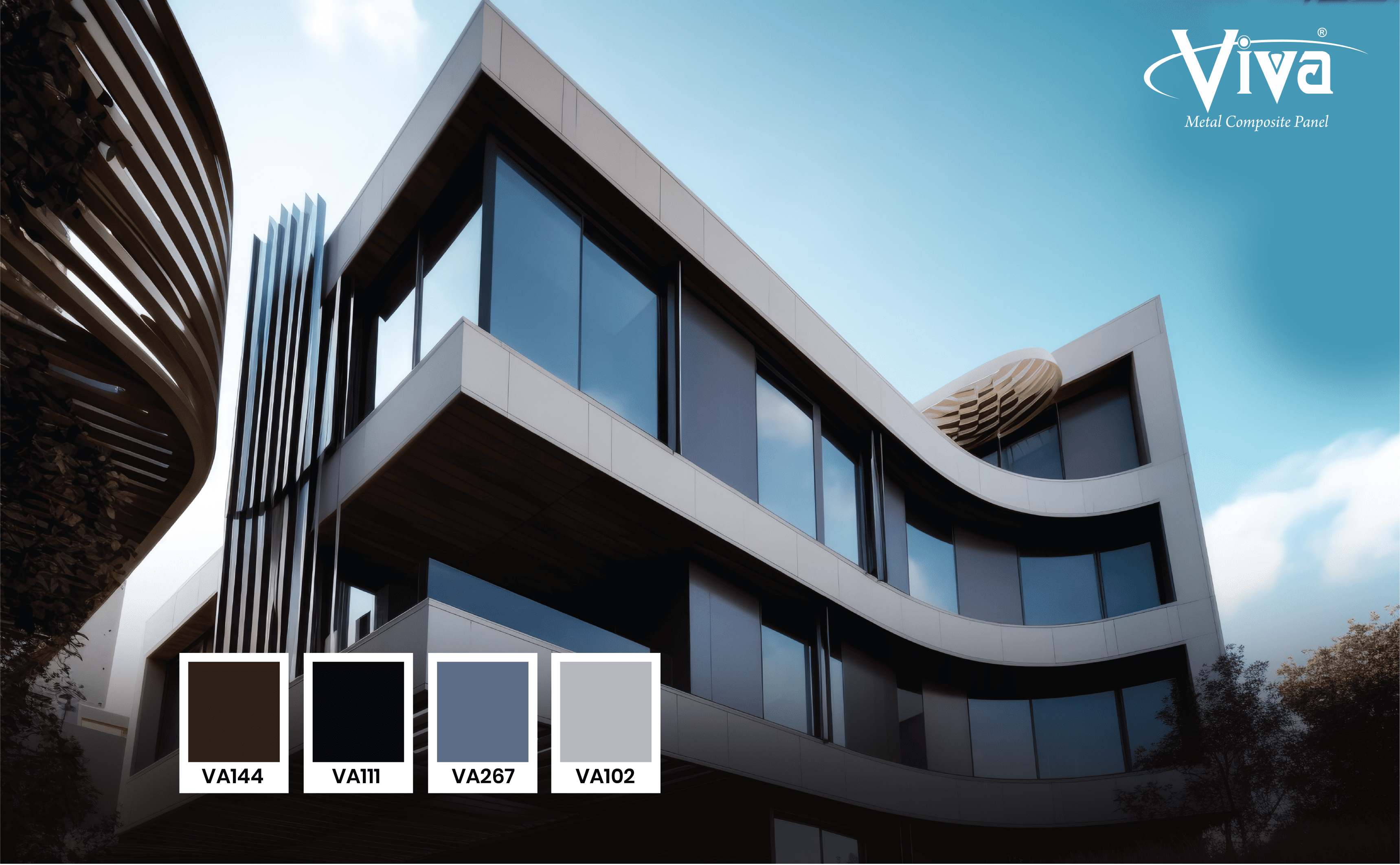
Whenever we look at a commercial building, be it a hotel, workplace, or cafe, the first thing we notice is the facade. The unique geometry of the building, the texture, and above all, the color leave a strong impression. While many assume colour to be a mere decorative element, it can be a way to promote brand identity, gain visibility, and balance the architectural harmony.
That is why builders and architects are paying special attention when choosing Facade Cladding Systems in Dubai. In this blog, we explore why color matters in commercial facade cladding systems, how to select colors based on project typology, and the technical considerations for long-lasting performance.
The Need to Choose the Right Facade Color for Commercial Buildings
When installing a facade cladding system in Dubai, you should carefully consider the color you choose. Here are a few reasons why:
1. Attracting Attention and Guiding Visitors
Commercial buildings are designed to garner attention. And in a city as high-profile as Dubai, commercial buildings compete visually with neighboring structures. So, architects focus more on choosing a color scheme that makes a building stand out, guides visitors to entrances, and even defines the hierarchy of architectural elements. They use color, trims, and contrasting zones to act as visual beacons to improve visibility and help visitors find their way.
2. Expressing Brand Identity
Branding comes in different formats. For corporate headquarters, retail chains, or hospitality projects in Dubai, facade cladding systems can help them promote their brand identity. For instance, you can incorporate brand colours in the cladding panels, so people recognize your brand. A building’s colour palette can also subtly communicate its vibe.
3. Psychological and Emotional Impact
It’s a well-proven fact that colors can influence perception and mood. Warm hues like reds and oranges evoke energy and excitement. While cooler hues like blues and greens create a sense of calm and trust. Neutral tones, on the other hand, convey professionalism and elegance.
4. Architectural Coherence and Contextual Fit
A commercial building should stand out, but in a positive way. When you choose the right colour, it ties the building to its surroundings, harmonizing with landscapes, sky, or adjacent structures. A façade with thoughtful color transitions improves scale perception and overall design coherence.
5. Legibility, Light, and Texture Effects
Color interacts with light and shadow. This can influence how the building is perceived by visitors. Light colors reflect more sunlight, reducing glare, while darker tones create depth and highlight textures. In cladding systems, the combination of color and texture adds dimensionality and visual interest.
What Causes Fading, Chalking & Color Drift in Facade Systems?
Color in facades is not permanent. The Dubai environment is harsh, and it can lead to facade color fading and chalking. Here are a few factors that cause color degradation:
Ultraviolet (UV) Radiation
The sun’s UV spectrum can degrade the colour of a facade cladding system. UV energy breaks molecular bonds in pigments or binder resins. This causes the pigment to degrade, lose vibrancy, or lighten.
Oxidation & Resin Degradation
The humid environment of Dubai causes hydrolysis, a process where the chemical bonds within the resin start breaking. The high heat also plays a major role in color degradation.
Thermal Cycling & Heat Stress
As the facade cladding system is exposed to scorching heat, it absorbs the thermal energy. This causes the chemical bonds to break, initiating a free-radical reaction that degrades the resin. The paint becomes brittle or chalky and releases pigment particles.
Some materials also go through expansion and contraction due to temperature fluctuations. When it happens several times, it causes microcracks, delamination, or micro-fatigue in coatings.
Abrasion & Surface Wear
Sandstorms can be quite devastating for the facade cladding system and its color. Dust, wind-blown grit, cleaning, maintenance operations, and physical impacts can abrade the coating, making it more vulnerable when exposed to chemicals and UV.
Poor Coating Specification or Application Defects
Inadequate film thickness, incorrect curing, inconsistent coating layers, or substrate contamination can shorten coating life drastically.
Viva ACP’s Solutions to Protect Facade Color from Fading, Chalking
When choosing a facade cladding system in Dubai, architects must consider how they can retain the color with minimal maintenance. To avoid fading and chalking, our facade cladding systems come with advanced coating systems, including:
●Our sheets come with PVDF Coating (KYNAR 500), which offers excellent resistance to UV, chalking, and weathering. This makes them ideal to use in the exterior of a building.
●We use FEVE (Lumiflon) based paint for applications which add extra gloss for specialty surfaces.
●Viva ACP supplies facade cladding systems in Dubai that have gone through a three-coat, two-bake process. The cladding panels go through pretreatment, primer, color coat, and optional clear coat, so they can retain color even in the roughest conditions.
●The panel’s coating is thick enough (25–35 µm) to protect it from scratches and fading, keeps its color and shine for years, and can resist tough weather conditions like humidity and salty air. Even when being exposed to sunlight and weather for a long time (4,000 hours), the panel keeps at least 60% of its original shine.
Best Practices for Color Selection and Maintenance
If you want the color of the facade cladding system to last longer in Dubai’s climate, here are few best practices you should follow:
Prioritize Mid-Tones or Metallic Finishes
Going for mid-tone colors or metallic finishes. It helps reduce the visible effects of fading and color shifts over time. Dark, deep colors absorb more heat, which makes them more susceptible to UV-induced fading.
Use Accent Colors Strategically
Builders or architects usually go for bold or vibrant colors that can make a striking impression But when applied over large façades, they are more prone to showing uneven fading or discoloration. So, it is better to apply them on the edges, or as highlights to add a special effect, while keeping the environment exposure in consideration.
Routine Cleaning
Viva ACP’s aluminum composite panels come with self-cleaning properties. Even then, we recommended following a routine cleaning to remove dust, dirt, and pollutants that can degrade the finish over time. Use gentle, non-abrasive detergents and soft cloths or low-pressure water sprays. Avoid harsh chemicals or scrubbing tools that can scratch or dull the coating.
Check Warranties
When selecting Facade Cladding Systems in Dubai, review the manufacturer’s warranty details carefully. Viva ACP’s Poly Vinylidene Difluoride (PVDF) Coating comes with a 10 year warranty, while FEVE Aluminum Composite Panel Coating comes with 15-year warranty.
Wrap Up
The color of the facade cladding systems in Dubai’s commercial industry plays a more critical role than you think. It is a way for brands to attract attention, build brand loyalty, and emotional connection. However, no company wants to use panels that they need that lose their shine in a few months or years and need to be repainted. So, collaborate with specialists like Viva ACP early in the design phase for long-term performance and durability.
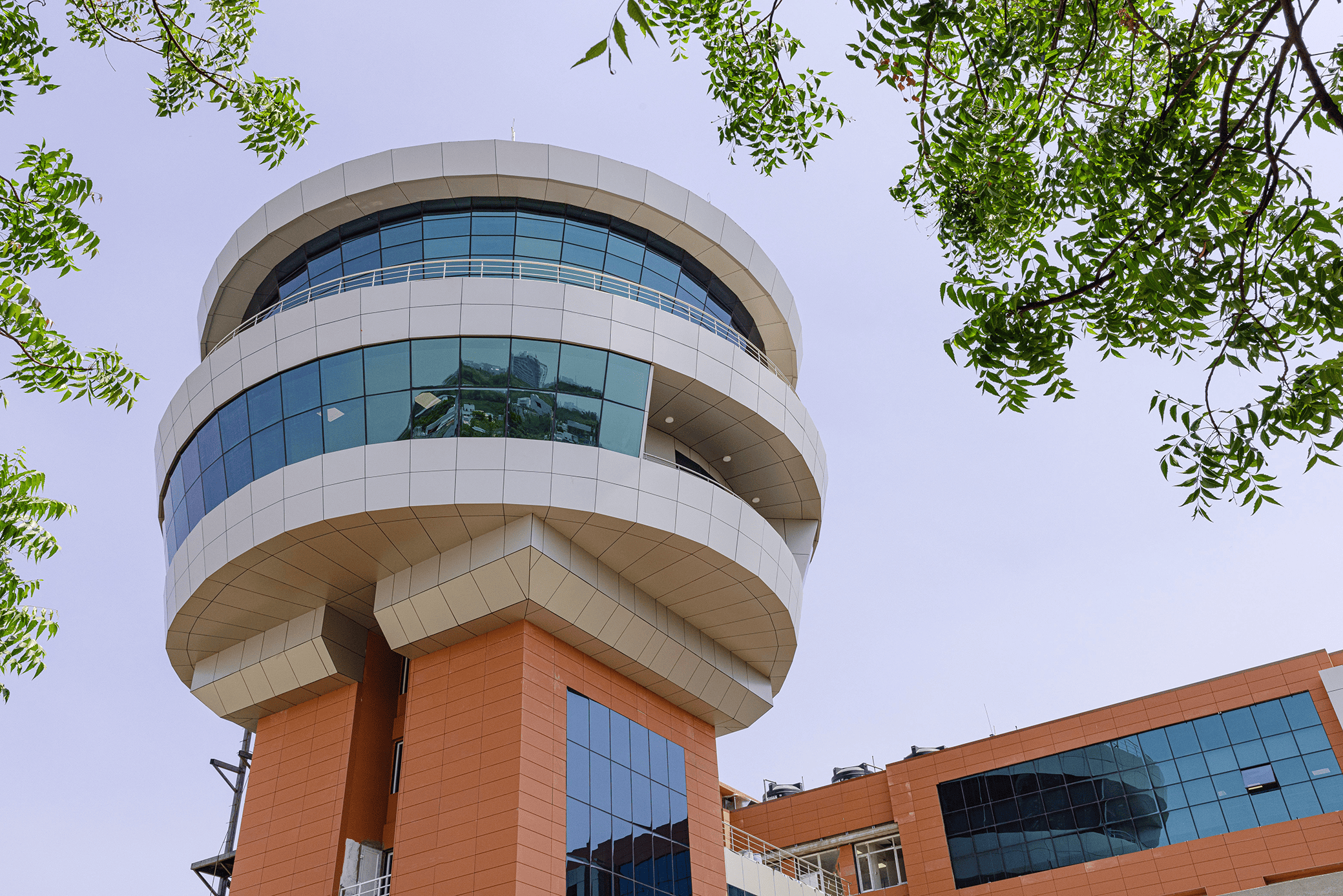
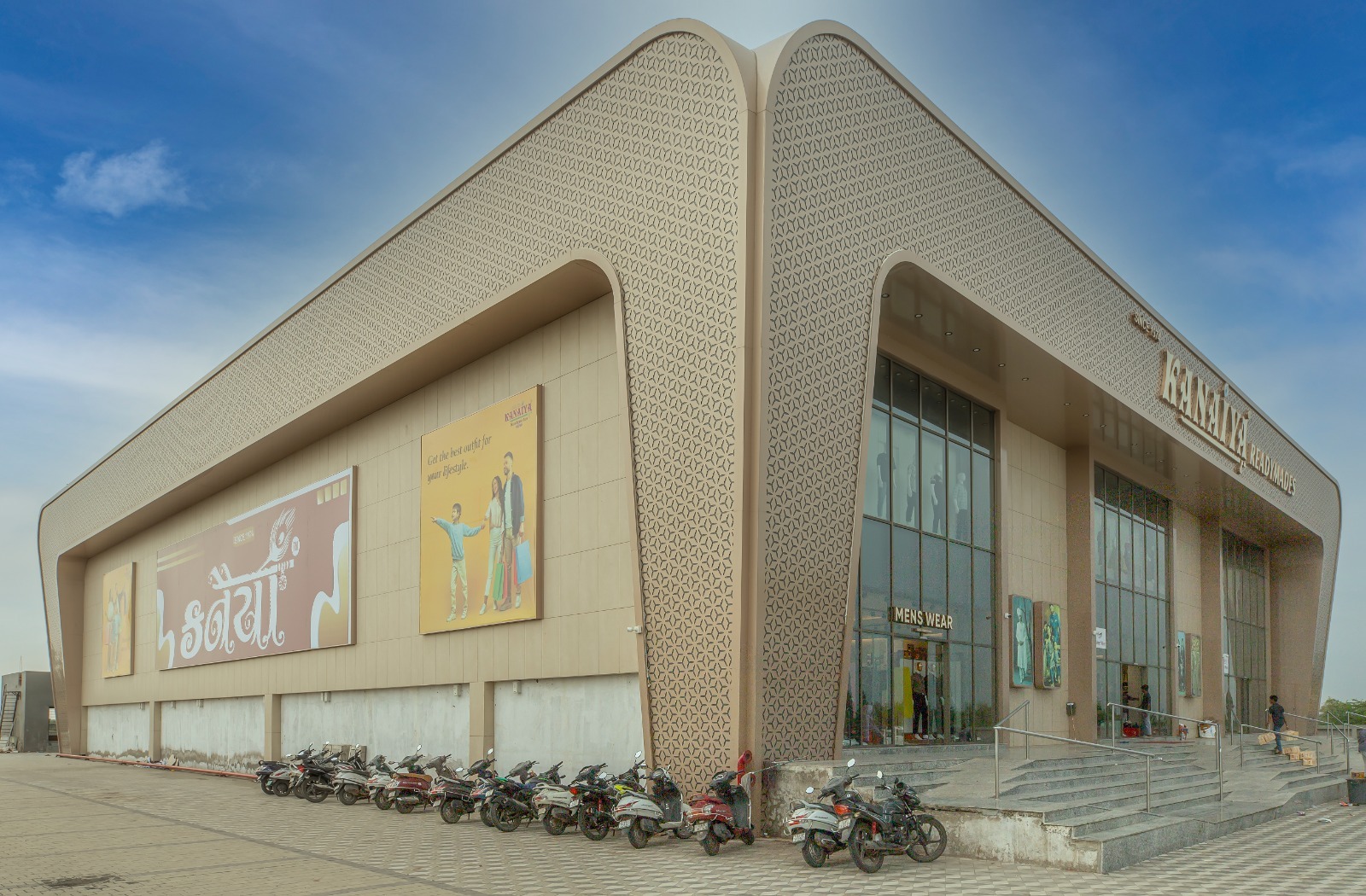
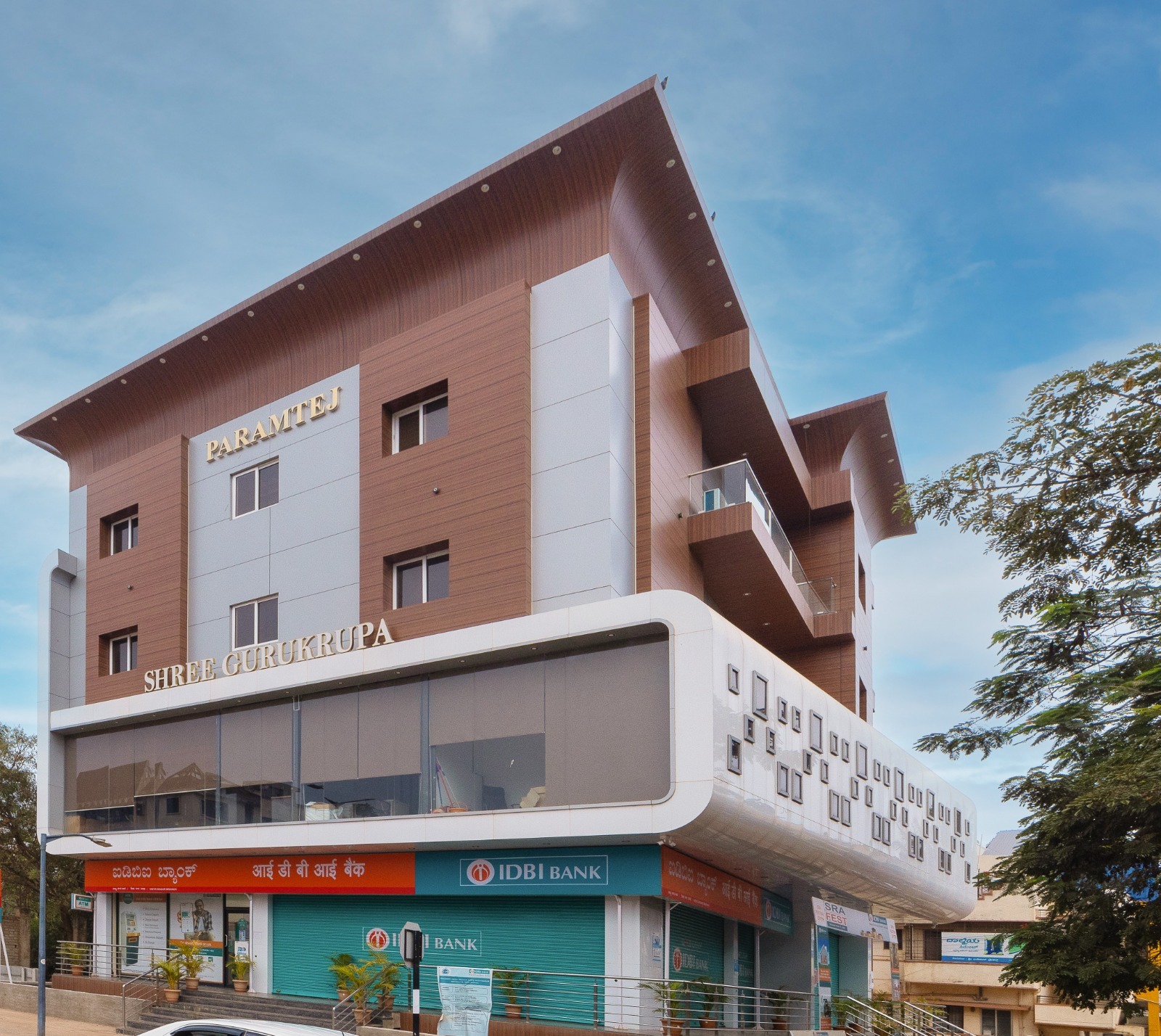


 en
en
 Spanish
Spanish Arabic
Arabic Swahili
Swahili French
French